20 Best Books on Traditional Japanese Arts
by David McElhinney | CRAFT
Craftsmanship in Japan isn’t so much a profession or means to get by as it’s an unquenchable raison d'être – the fuel that keeps the fire of life crackling, if you will. Crafts embody traditional Japanese culture; they are laden with elements of Zen and Shintoism, they influenced the lexicon with terms like wabi sabi (the beauty of impermanence and imperfection) and wa (harmony with the environment), and they feed into almost every facet of Japanese life, from art to architecture, design to dining.
As Japan has become an increased object of fascination to the West, many of these crafts have been explored in great detail in English literature, both by foreign authors and Japanese writers through translation. So, if you want to learn more about Japan’s legendary handiwork, check out our list of 20 great books on traditional Japanese crafts.
1. Wabi Sabi: The Japanese Art of Impermanence by Andrew Juniper
From the words wabi (meaning less is more) and sabi (referring to the serenity of passing time and gained experience) comes wabi sabi, an aesthetic principle and all-encompassing worldview that strives to find the beauty in impermanence and imperfection. In his 2003 treatise, Wabi Sabi: The Japanese Art of Impermanence, author Andrew Juniper explores the history of this concept which stemmed from the ritualistic craft of tea ceremony. Juniper then applies this to the modern world, showing how an in-depth appreciation of wabi sabi can give more richness to the daily ephemera one experiences: the fleeting nature of withering flowers or an old painting which has seen better days. Though wabi sabi is riddled with the same vagaries found in many of Japan’s philosophical concepts, Juniper does an excellent job of defining for the layman this all-too-often confounding term.
Wabi Sabi: The Japanese Art of Impermanence – Available at Amazon
2. Traditional Arts and Crafts of Japan by Christopher Dresser
Like many Britons of his age, renowned designer Christopher Dresser became enamored by japonaiserie and Oriental aesthetics. This encouraged him to travel throughout Japan in the latter half of the 19th century at a time when even the most basic items, from eating utensils to house partitions, exemplified Japan’s artisanal craftsmanship. The end result of his journey was Traditional Arts and Crafts of Japan, which remains one of the most authoritative texts of its kind almost 140 years later. As with other writers of the fin de siècle era, Dresser never shied away from exoticizing Japan. On regarding Fuji for the first time, he wrote, “I do not wonder at this vast cone around which clouds love to sleep being regarded as the home of the dragon—the demon of the storm,—for surely this mountain is one of nature’s grandest works!” Though slightly extravagant by today’s economy-of-words standards, this style of watercolor prose lends itself to the awe which Dresser clearly felt upon experiencing Japanese craftsmanship firsthand.
Traditional Arts and Crafts of Japan – Available at Amazon
3. Zen Landscapes: Perspectives on Japanese Gardens and Ceramics by Allen S. Weiss
After spending some time looking at a Japanese Zen garden, gardens of the rest of the world can seem rather garish, messy, perfunctory, or all of the above. Starting from the moment he stands “stupefied” by the “sublime beauty” of the garden at Ryoan-ji in the introduction to Zen Landscapes, author Allen S. Weiss celebrates the aesthetic rigor applied to Japanese spiritual gardening practices. Make no mistake, the text is quite academic – perhaps overwhelmingly so at times – but with such profound subject material, perhaps that’s to be expected. Yet in spite of his verbosity, Weiss has produced one of the most comprehensive English-language overviews of Japan’s gardening craft and its roots in Buddhist philosophy to date.
Zen Landscapes – Available at Amazon
4. Japanese Cooking: A Simple Art by Shizuo Tsuji
Described by Michael Booth as “the bible of Japanese cooking for a generation of Japanophile food lovers throughout the world”, Shizuo Tsuji’s Japanese cooking: A Simple Art has aged like a fine Hibiki whisky since its first publication in 1979. With the gift of retrospect, Tsuji’s work has turned out to be incredibly prescient, extoling the virtues of traditional Japanese culinary practices many of which are now the conventional wisdom across the food world. Whether it’s notes on the importance of utilizing locally sourced, seasonal ingredients, or the concept of basing dishes around texture as much as flavor, Japanese Cooking: A Simple Art feels both familiar and informative in one fell swing of the cleaver. The 25th anniversary edition features an illuminating foreword from M.F.K Fisher, along with over 500 illustrations and 230 traditional recipes.
Japanese Cooking: A Simple Art – Available at Amazon
5. In Praise of Shadows by Junichi Tanizaki
Anyone who has ducked under a miniscule Japanese door frame, squeezed into a Tokyo bar with dimensions that make a shoebox feel rather capacious, or has glimpsed the inside of a typical Japanese home, will know that in Japan an acute sense of space is paramount. In his seminal, novella-length essay, In Praise of Shadows, Junichi Tanizaki exposes the aesthetic sensibilities behind the use of space and the light it captures in Japanese art and design. Tanizaki’s eloquence and subtlety are a perfect match for the subject material – the delicate interplay of light, darkness, and shadows – guiding readers through the “how” of Japanese spatial aesthetics, as well as the “why”.
In Praise of Shadows – Available at Amazon
6. Kabuki A Mirror of Japan: Ten Plays That Offer a Glimpse Into Evolving Sensibilities by Kesako Matsui
Many foreigners and younger Japanese viewers have been baffled by the art of kabuki. One of Japan’s foremost traditional theater styles, kabuki is full of archaic language, over-the-top costumes, men playing female roles which would seemingly be better served by professional actresses, and slow-moving stories steeped in philosophical metaphor. However, with an introductory piece of literature, like Kesako Matsui’s excellent Kabuki A Mirror of Japan, the mystifying becomes the intriguing. Through the lens of ten individual plays examined in chronological order, Matsui looks at the evolving nature of the kabuki art form, how it was influenced by time and place, and how the players achieve what legendary actor Bando Tamasaburo once described as “a world of beauty beyond [his] reach”.
Kabuki A Mirror of Japan – Available at Amazon
7. The Art of Japanese Architecture by David and Michiko Young
Architecture may be one of the most indicative design mediums we have. Show someone a picture of the whitewashed buildings in the Greek Cyclades, the palatial structures of ancient Rome, a Mongolian yurt, or a Persian dome, and they’ll almost instantly recognize the locale. And Japanese architecture – both interior and exterior – is as emblematic of the nation and its design motifs as anywhere else on the planet. The Art of Japanese Architecture, from husband-and-wife duo David and Michiko Young, is one of the most enlightening books on the history and themes of Japan’s ever-evolving architectural craft. Traversing vast expanses of time, from the prehistoric dwellings of the Jomon Period to the influence of Western styles over the last 150 years, the Youngs cover Japanese architecture’s most dynamic elements, along with the few ideals which have maintained true to its roots. The story of Japanese architecture is explored through extensive notes, hundreds of color photographs, and specially commissioned artworks.
The Art of Japanese Architecture – Available at Amazon
8. WA: The Essence of Japanese Design by Stefania Piotti
If pictures are more your jam than words, perhaps Stefania Piotti’s WA: The Essence of Japanese Design is your ideal entry point into the world of Japanese aesthetics – both modern and traditional. Through 250 objects, from daily-use titbits (soy sauce bottles and chairs) to the slightly more abstruse (ancient ceramics and ikebana vases), WA explores the titular concept of harmony with the environment, which has been a mainstay of Japanese design for centuries.
WA: The Essence of Japanese Design – Available at Amazon
9. Ikebana: The Art of Arranging Flowers by Shozo Sato
Part instruction manual, part history book, Shozo Sato’s Ikebana: The Art of Arranging Flowers is one of the most comprehensive English texts on Japan’s flower art, ikebana. Complete with vivid color photographs and DIY diagrams, the book offers a foot in the door to ikebana neophytes, while providing equal utility for more experienced practitioners looking to expand their knowledge of the differing styles: rikka, seika, moribana, and freestyle. The 2013 edition also contains a short yet thoughtful foreword from Kasen Yoshimura, former Chairman of Japan Ikebana Arts Association, which gives greater context to both the artform and the book’s inimitable author.
Ikebana: The Art of Arranging Flowers – Available at Amazon
10. Samurai Swords: A Collector's Guide by Clive Sinclair
If you’ve ever touched a samurai sword or viewed one up close, you’ll likely agree it’s as much a work of fine art as a cold-blooded instrument of death. Their iconic shape and the expert craftsmanship behind their design has ensured samurai swords have captured the imagination in pop culture throughout the ages, from Sephiroth’s Murasamune katana to Beatrix Kiddo’s Hattori Hanzo blade. In Samurai Swords: A Collector’s Guide, author Clive Sinclair dives into the history of the samurai sword, how it was iterated upon and developed over time, and how modern enthusiasts and aspiring collectors can acquire their own swords and keep them in mint condition. The book is rife with ukiyo-e illustrations which provide visual pairings to the historical tales and color photographs of ancient blades which have survived the test of time.
Samurai Swords: A Collector's Guide – Available at Amazon
11. Japanese Art & Design by the V&A Museum, edited by Greg Irvine
From London’s Victoria and Albert Museum (the V&A), comes Japanese Art & Design, a color-photo and informative coffee table book which looks at Japanese aesthetics and craftsmanship from past to present through the V&A’s world-renowned collection of Japanese art. Traversing the halls of antiquity and various thematic genres – religion and spirituality, the samurai, the tea ceremony – the V&A leaves few stones unturned in detailing the history of art and design in Japan. A perfect casual flick-through for any Japanophile art lovers.
Japanese Art & Design – Available at Amazon
12. Kimono: A Modern History by Terry Satsuki Milhaupt
The word kimono may bring up images of Memoirs of a Geisha in your mind’s eye, or perhaps you’ll think of the Tokugawa Shogunate or Japan’s feudal aristocracies. What many don’t realize is just how important a symbol of the nation the kimono still is and how its place in society was largely influenced by the introduction of Western culture and clothing. That’s exactly what Terry Satsuki Milhaupt set out to explain in her Kimono: A Modern History. The book is scholarly yet passionate, colorful yet somber – particularly as the author fell to an untimely death causing her husband to complete the work on her behalf – and serves as a wonderful entry point into the kimono craft.
Kimono: A Modern History – Available at Amazon
13. Craftland Japan by Uwe Rottgen and Katharina Zettl
A great introduction to Japanese crafts for the armchair explorer, Craftland Japan is a photobook which journeys through the world of Japanese artisans, focusing on the nexus where art, craft and design intersect. Documenting the stories of 25 craft specialists through high-quality photos and immersive storytelling, German design duo Uwe Röttgen and Katharina Zettl touch on some of Japan’s most enduring artforms: ceramics, copperware, brassware, indigo dyeing, and many more.
Craftland Japan – Available at Amazon
14. Japanese Design Motifs: 4,260 Illustrations of Japanese Crests by Matsuya Piece-Goods Store
While lumping all Japanese arts and crafts under the same umbrella isn’t always so easy, there are plenty of recurring themes to help us connect the dots. Through this photobook of over 4,000 Japanese crests, many of the themes which appear time and again in Japanese design are prevalent. As a nation whose rich heritage was deeply connected to the natural world, flora, fauna, and natural phenomenon are ubiquitous in the crest designs, be it trees, waves, lighting, lotuses, birds, quadrupeds, or sea-faring animals. First published in the 1970s, the pictures are presented in black and white giving the sense that you are literally pouring over the annals of Japanese ancestral history as you flick through pages of the book.
Japanese Design Motifs – Available at Amazon
15. Akira Yoshizawa, Japan's Greatest Origami Master by Akira Yoshizawa et. al
Origami is conceptually simple to understand and at its most fundamental level is one of the most accessible Japanese crafts: all you need is paper and the ability to fold. Where the complexity lies is in the proficiency with which you can turn a blank slate of paper into a lifelike piece of art. Highlighting the works of Akira Yoshizawa, widely regarded as the man who bridged the chasm between Japan’s ancient origami world and the proliferation of it as an artform today, this book is the definitive entry point and instruction manual for anyone who wants to develop this centuries-old craft. Over 1,000 illustrations and notes on origami from Yoshizawa – who passed away in 2005 – are featured throughout the books near-200 pages.
Akira Yoshizawa, Japan's Greatest Origami Master – Available at Amazon
16. The Japanese Tea Ceremony by A.L. Sadler
Since the Zen monk Sen-no-Rikyu applied simplistic ceremonial values to drinking tea in 1600s, the Japanese tea ceremony, or cha-no-yu, has been the epitome of traditional culture: from the creation of ad hoc utensils to the elements of Zen philosophy to the movements which resemble the kata (or forms) used in Japan’s martial arts. In The Japanese Tea Ceremony A.L. Sadler takes readers on an historic voyage of cha-no-yu, starting with its origins in Tang Dynasty China, and details the elements which have rooted it so firmly in the Japanese cultural pantheon. Complete with color photos and illustrations, this book is an excellent entry point into one of Japan’s most enduring crafts.
The Japanese Tea Ceremony – Available at Amazon
17. Storytelling in Japanese Art by Masako Watanabe
Japanese storytelling often relies on different themes than those used in the West. Logic is sometimes freely foregone, narratives don’t necessarily require arching trajectories or to be tied up neatly with a bow, and it’s not uncommon to find long sagas steeped in metaphor – such as Murasaki Shikibu’s The Tale of Genji – which traverse vast expanses of time. In Masako Watanabe’s Storytelling in Japanese Art, readers can get a sense of these themes through the lens of scroll paintings. The 30 selected paintings relate some of Japan’s most familiar folktales and literary classics including the aforementioned The Tale of Genji, as well as The Peach Boy and The Great Woven Cap, the latter of which has been adapted for stage through the theatrical mediums of noh, kabuki and bunraku.
Storytelling in Japanese Art – Available at Amazon
18. The Unknown Craftsman: A Japanese Insight Into Beauty by Soetsu Yanagi and Bernard Leach
The 20th century philosopher, aesthete and art critic Soetsu Yanagi – who developed the mingei (folk art) movement which set out to distinguish basic craftwork from “higher” forms of art – was one of the foremost authorities on traditional Japanese crafts in the modern era. In The Unknown Craftsman, a beautiful treatise on day-to-day utensils as art, Yanagi explores the concept of “objects born, not made” and why this is important. The first translation of any of his works into English – completed by his friend, the English potter Bernard Leach – the book is a tour de force on the aesthetics of Japanese craftsmanship.
The Unknown Craftsman – Available at Amazon
19. Sushi and Beyond: What the Japanese Know About Cooking by Michael Booth
Japanese cuisine, or washoku, is arguably the most ubiquitous of its traditional crafts, and perhaps no foreign author has celebrated this side of Japanese culture to such popular acclaim as Michael Booth. Now one of the foremost Japanophile authors of the 21st century, Booth has written two hilarious food-cum-travelogues where he swooned and salivated over Japan’s thriving cuisine culture up and down the country. The first of these accounts was Sushi and Beyond (latter adapted into an anime series in 2015); a highly entertaining, page-turner of a book that fuses the best elements of travel and food writing into one seamless, 300-page experience. From his introduction to (and self-admitted ignorance of) the fine craft of Japanese cooking while studying at Le Cordon Bleu in Paris to his “dinner date with destiny” some years later in the almost mythological Tokyo restaurant, Mibu, Booth’s infectious love of Japanese food steams of the page and has the belly rumbling from the first word to the last.
Sushi and Beyond – Available at Amazon
20. The Sake Handbook: All the information you need to become a Sake Expert! By John Gauntner
As with cooking, the craft of brewing Japanese rice wine – commonly referred to as sake – has been elevated to high art. Through John Gauntner’s The Sake Handbook, the world’s foremost non-Japanese sake expert gives readers a behind-the-curtain of the rich and varied world of rice wine. True to the title, this easily digestible book touches on all the basics of the sake-brewing craft: how it’s made, what does “rice polishing” mean and why does it matter, how to identify a good sake from a bad one, which sake you ought to drink, and perhaps most importantly, notes on where you purchase the good stuff (both in Japan and in the US).
The Sake Handbook– Available at Amazon
JO SELECTS offers helpful suggestions, and genuine recommendations for high-quality, authentic Japanese art & design. We know how difficult it is to search for Japanese artists, artisans and designers on the vast internet, so we came up with this lifestyle guide to highlight the most inspiring Japanese artworks, designs and products for your everyday needs.
All product suggestions are independently selected and individually reviewed. We try our best to update information, but all prices and availability are subject to change. As an Amazon Associate, Japan Objects earns from qualifying purchases.



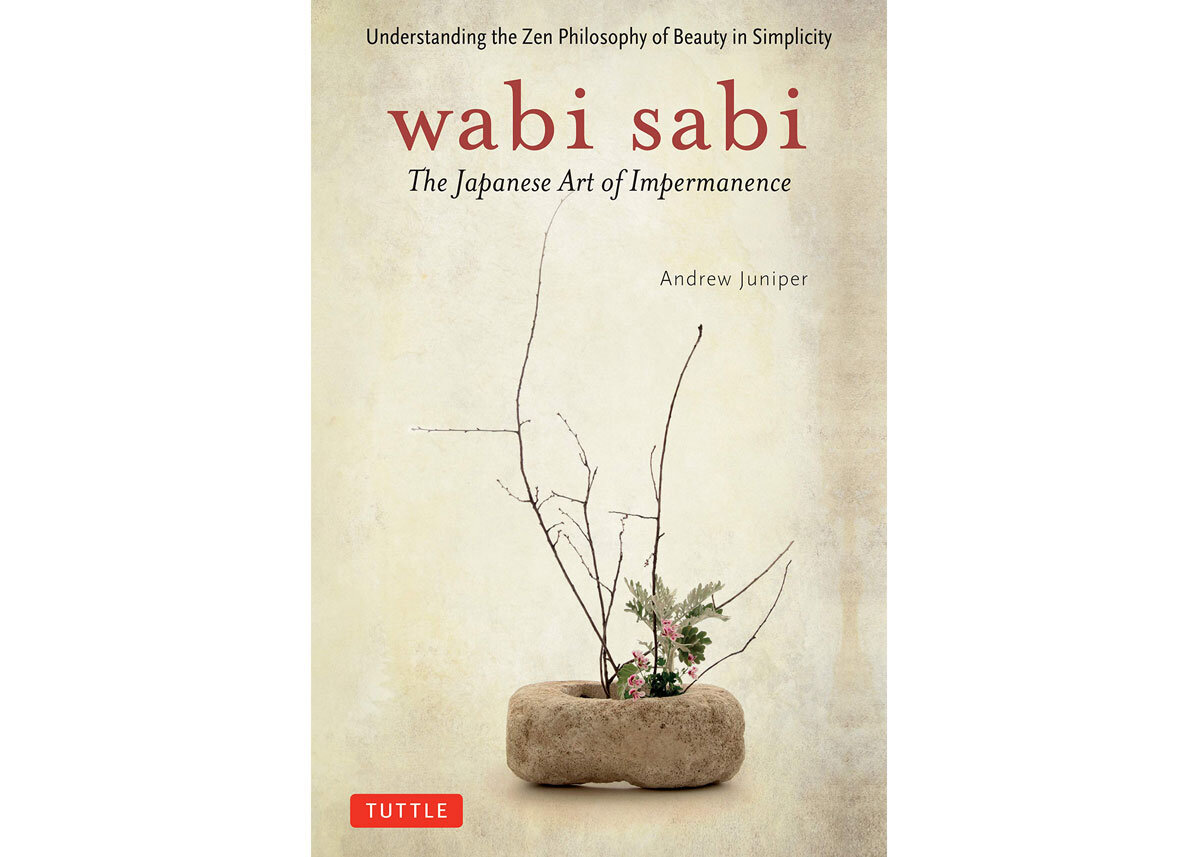
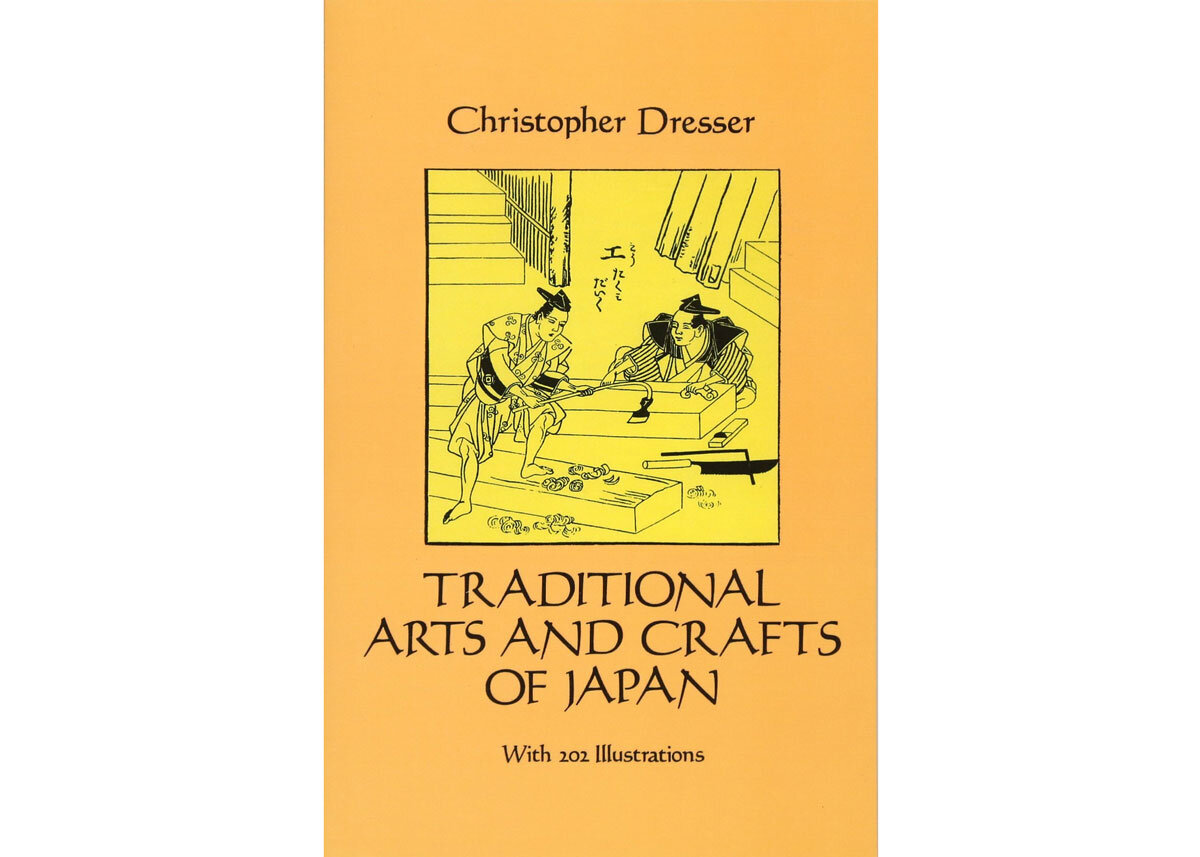


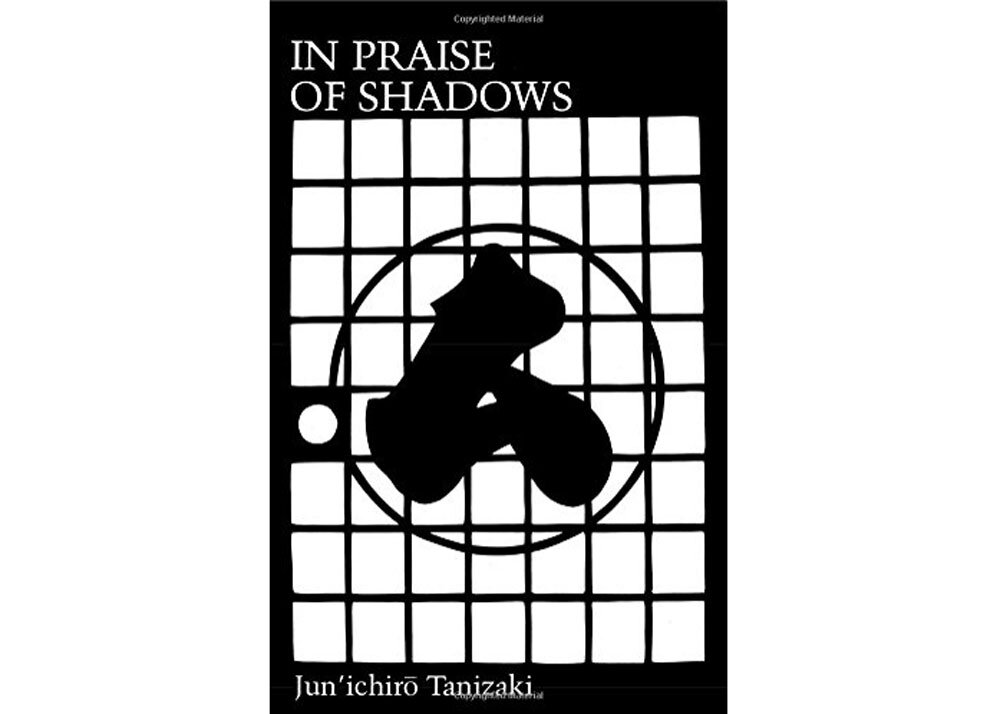




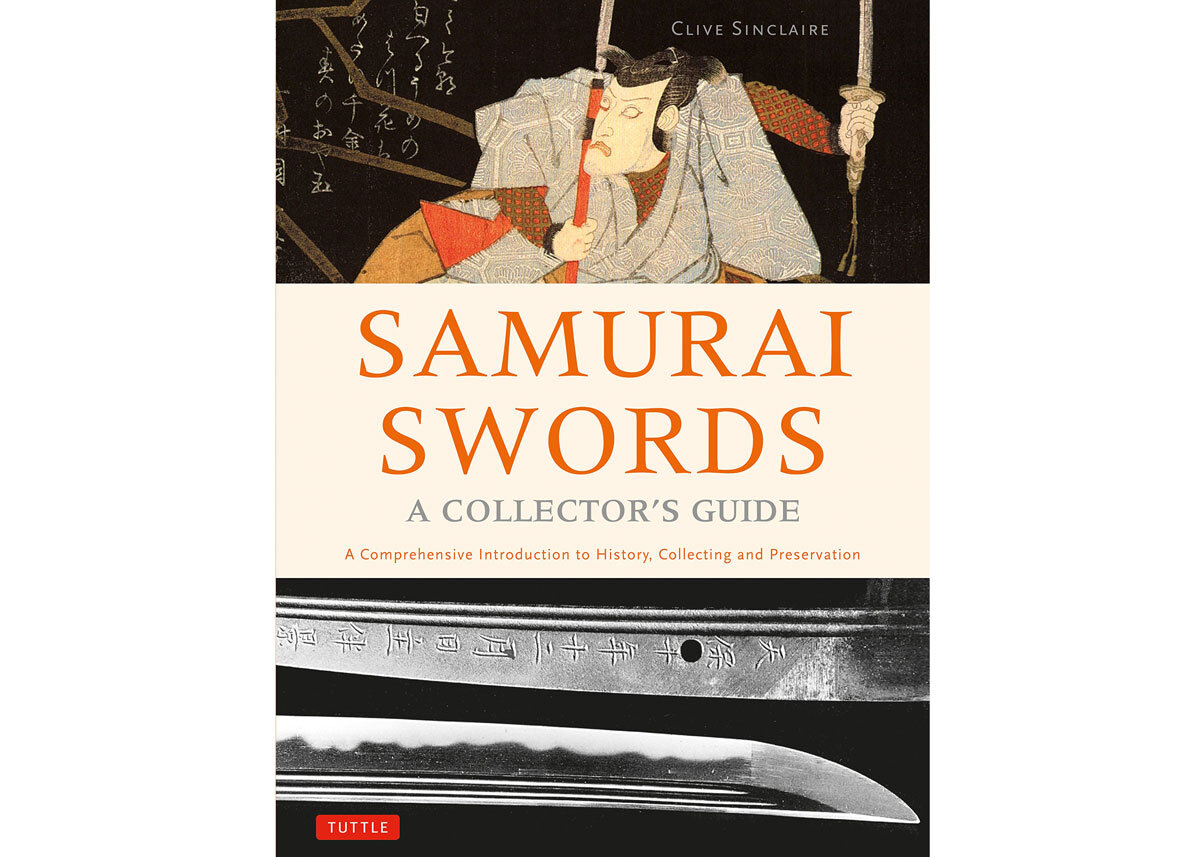
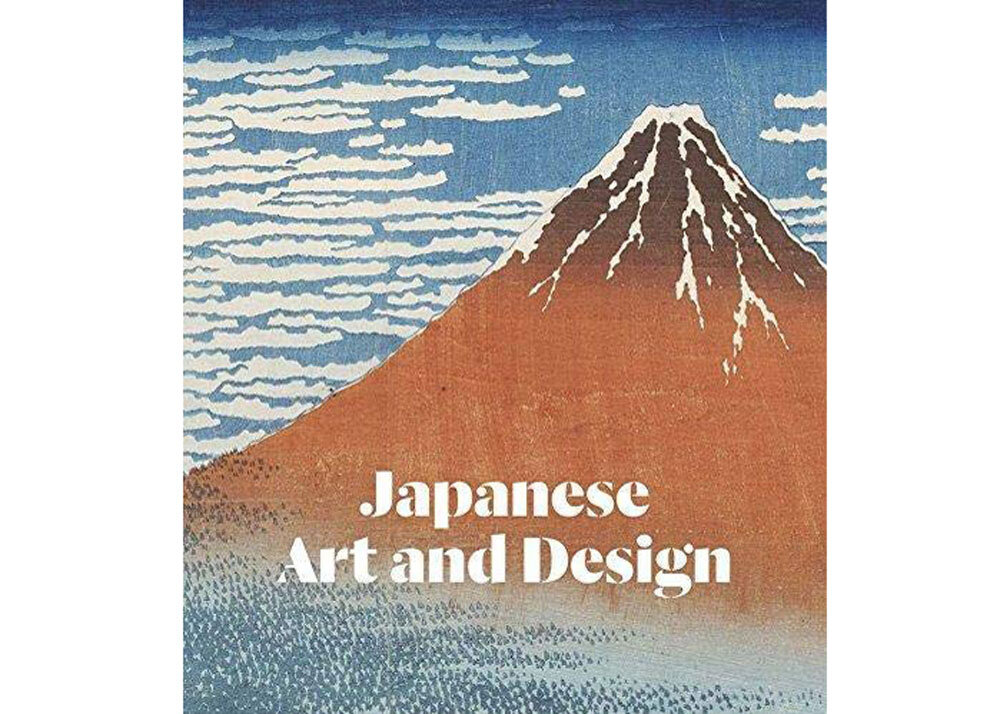
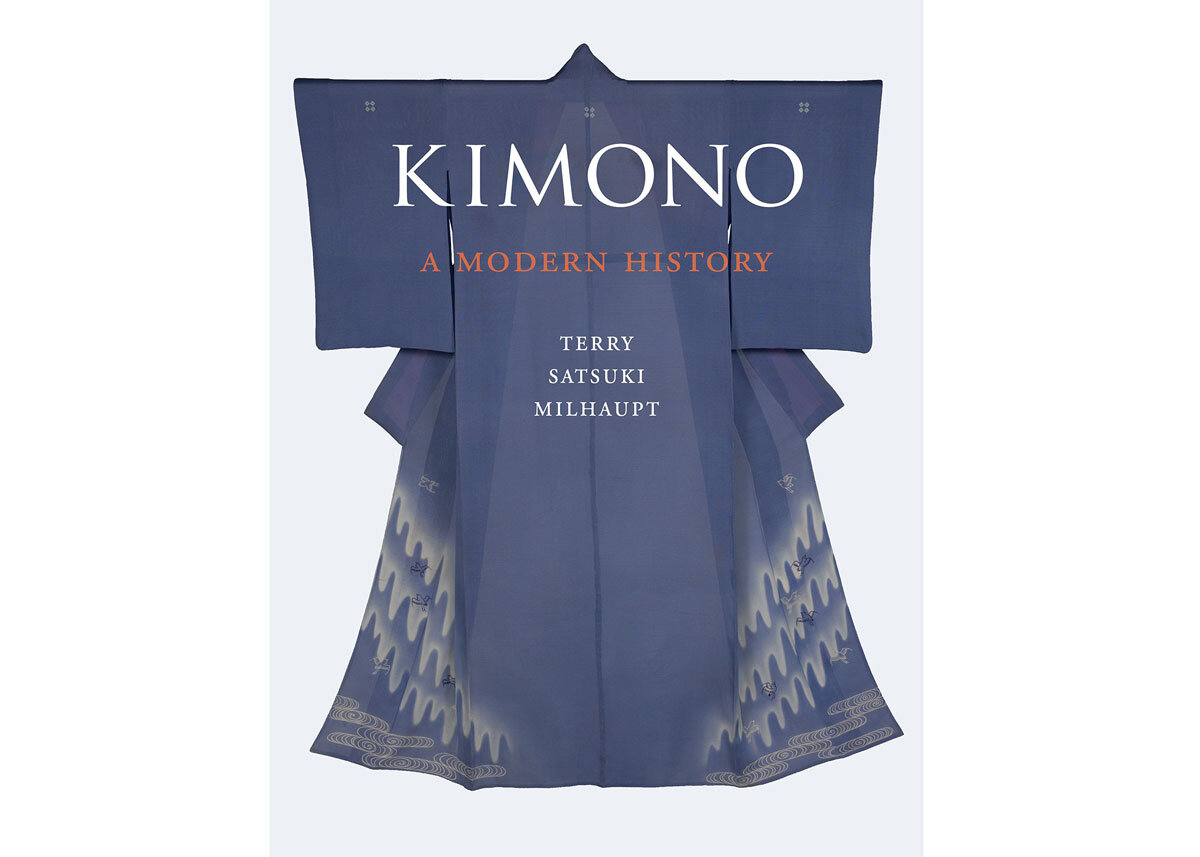


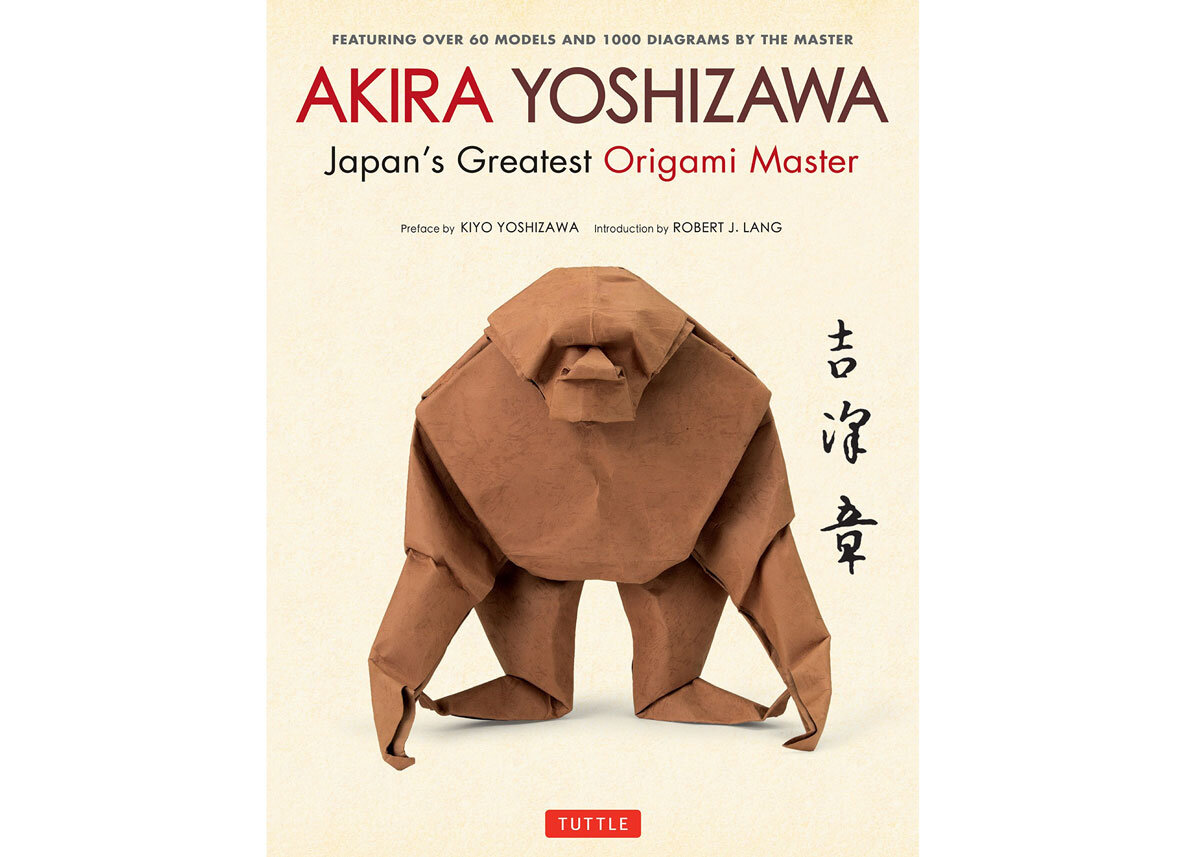

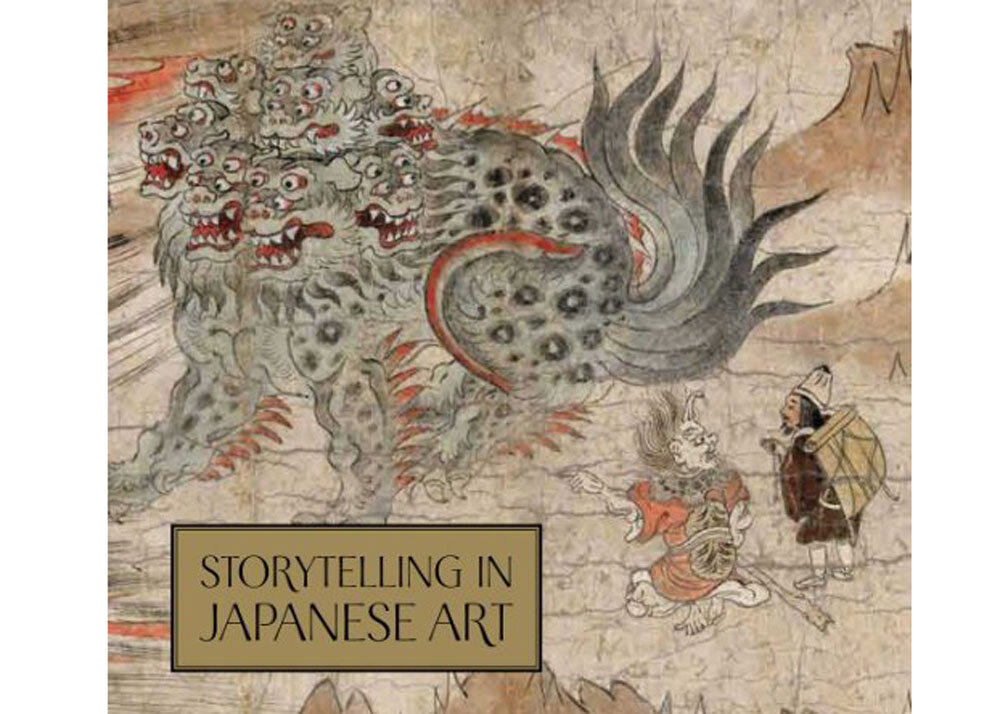














LIFESTYLE | July 28, 2023